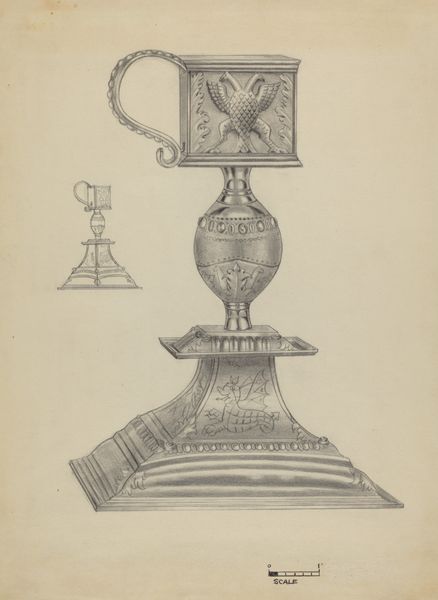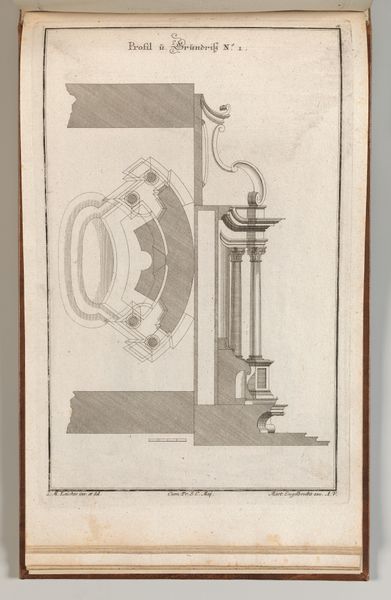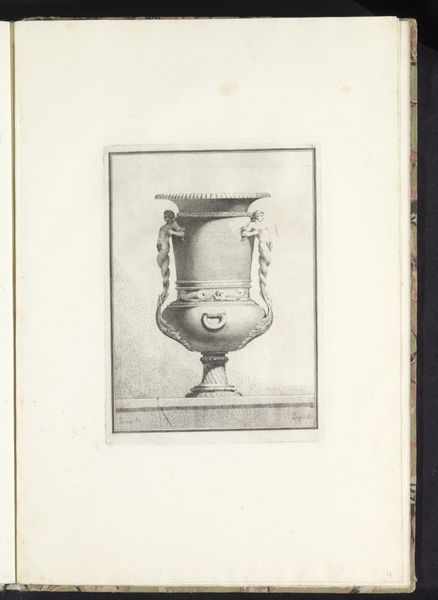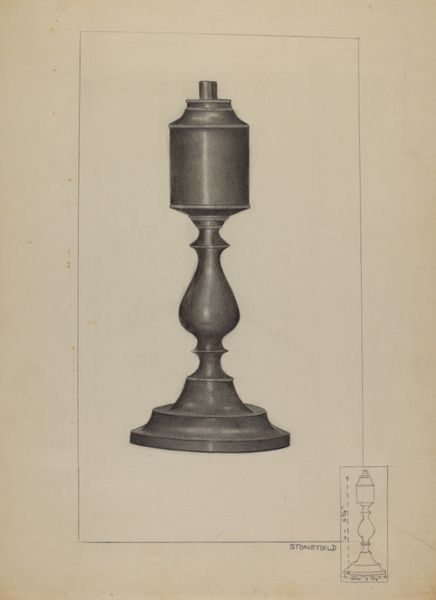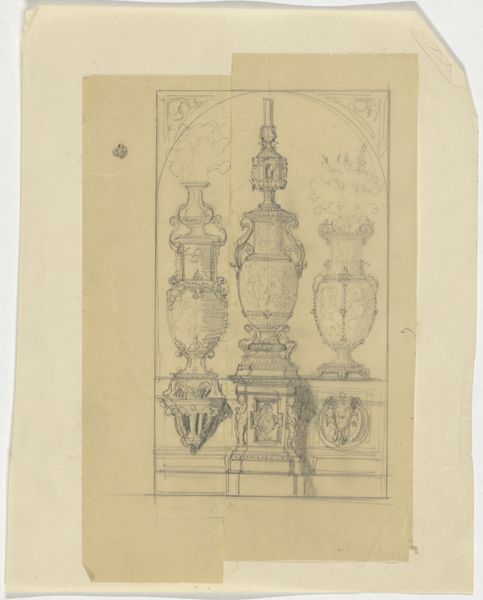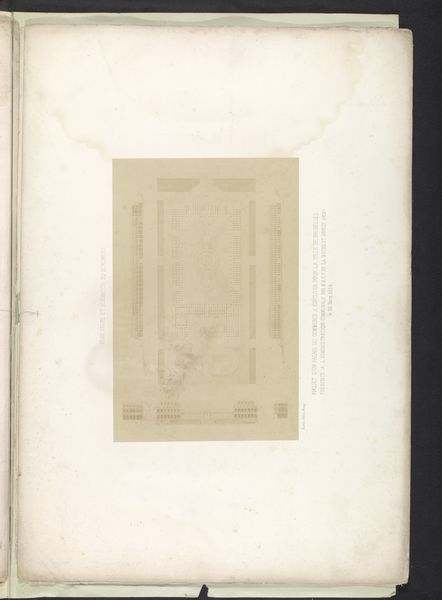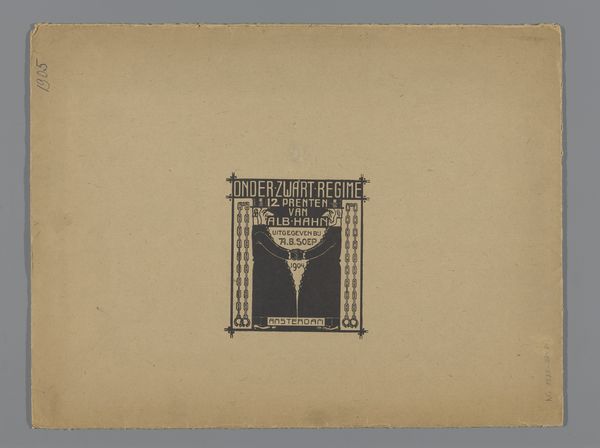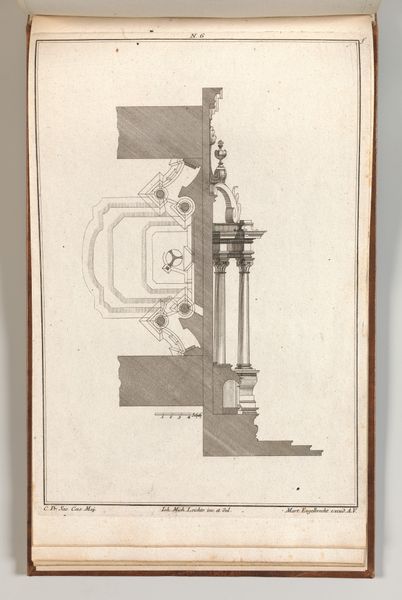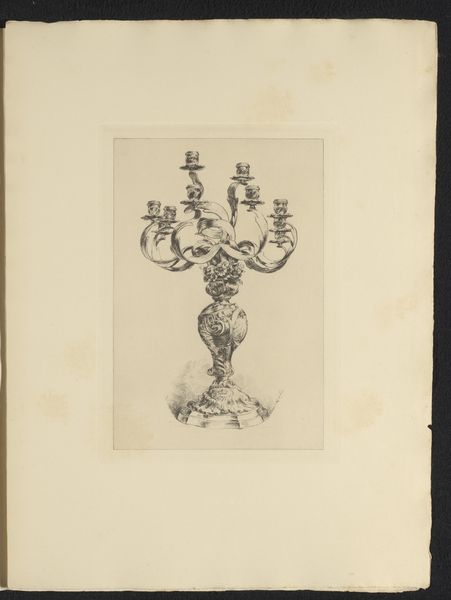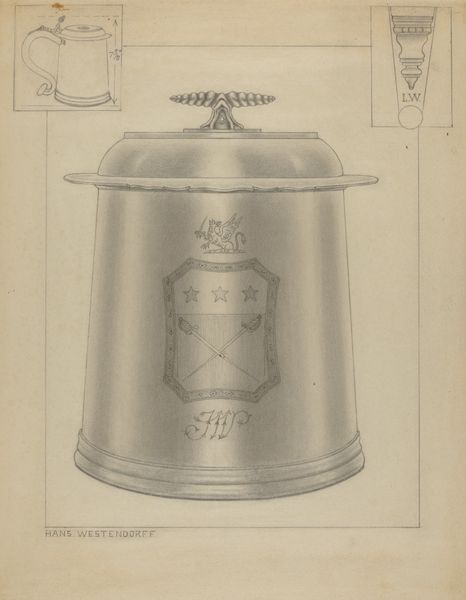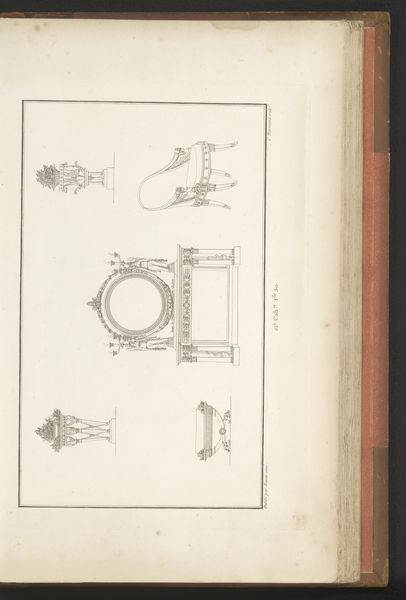
Ontwerp voor een advertentie van Lamme's Kolenhandel te Laren 1884 - 1952
0:00
0:00
drawing, paper, pencil
#
drawing
#
landscape
#
paper
#
pencil
Dimensions: height 207 mm, width 134 mm
Copyright: Rijks Museum: Open Domain
Editor: Here we have Reinier Willem Petrus de Vries's "Design for an advertisement for Lamme's Coal Trade in Laren," made with pencil on paper, sometime between 1884 and 1952. I find its rough, sketched quality quite charming. What stands out to you about this piece? Curator: Well, let’s think about what it means to create art for advertising. Who is it for? It’s designed to appeal to specific viewers with disposable income, within a culture that already values domesticity. See the hearth and the pets? Do you notice that this design emphasizes comfort and warmth but for whom and at what cost? Editor: That’s an interesting question! The coal, of course, evokes warmth but at a cost to the environment. It's also an advertisement, aiming to make a profit. It is interesting how something can have multiple layers. Curator: Exactly! And let's consider this design within the context of its time. This period saw a rise in industrialization, contributing to significant air pollution, and also the need for things like...coal. The advertisement, in its subtle way, becomes implicated in these larger societal and environmental issues. What kind of consumer is more likely to overlook pollution? Editor: I hadn't considered that! So, it's not just a simple ad, it is reflecting anxieties around progress and also pointing towards who gets to be comfortable despite it. Is the purpose of art always to spark such thoughts or make some political statement? Curator: Not always overtly, but art invariably exists within a web of socio-political power dynamics. Paying attention to these elements opens up so many paths to interpretation and understanding. What do you make of that thought, knowing it’s an unfinished sketch? Editor: It emphasizes the tentative nature of progress, and capitalism as a whole, I think! I will never see an advertisement the same way. Curator: Agreed! Understanding that progress is for some more than others is how we build new futures.
Comments
No comments
Be the first to comment and join the conversation on the ultimate creative platform.


